
All categories
Featured selections
Trade Assurance
Buyer Central
Help Center
Get the app
Become a supplier

(2165 products available)
















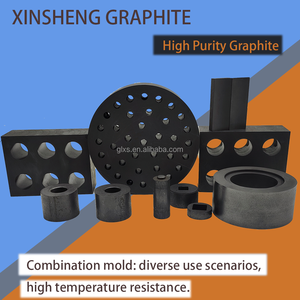












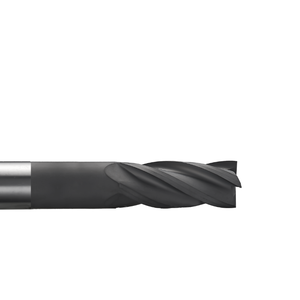
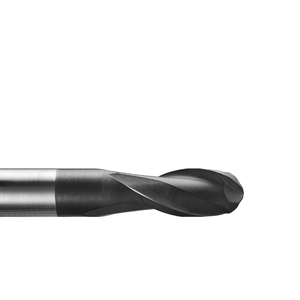

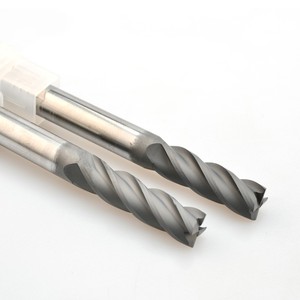





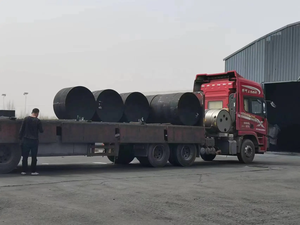





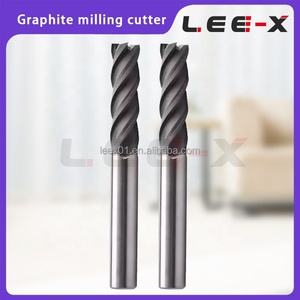
Carbon graphite machining is done on several materials. They are, therefore, suitable for different applications.
Rigid Carbon Composite CFC
This type is one of the most rigid forms to machine. It is popular for its rigidity and structural strength. It is used in high-stress applications like aerospace components and electric motor parts. Its low weight makes it suitable for part production where weight plays a crucial role.
Resin Impregnated Graphite
Resin impregnated graphite has enhanced mechanical properties. It is more machinable than some other counterparts. It also has improved wear resistance. Its properties make it useful for seals and bearings, which are subject to continuous friction and wear.
Synthetic Graphite
Synthetic graphite is known for its high purity and consistency. It is also very machinable. This makes it suitable for electrical discharge machining (EDM). EDM uses include manufacturing tools, molds, and components that require precision.
Naturally Graphitic Carbon
Even though naturally graphitic carbon is less machinable, it is still used in less demanding applications. These include brake linings and gaskets. This is due to its cost-effectiveness and availability.
Carbon Fiber Reinforced Carbon
This composite is machinable and retain their shape and strength. They also tolerate heat. They are, therefore, useful in aerospace applications. They are the go-to material in industries where thermal stability and lightness are requirements.
Carbon graphite machining suits it for various industrial applications. This is due to its versatility and unique properties.
Mechanical Seals
Carbon rotary seal is commonly found in mechanical seals. Graphite's low friction and self-lubricating properties make it suitable for sealing fluids in pumps, compressors, and shafts. This helps reduce wear and extend the life of sealing components in challenging environments.
Bearing and Bushings
Carbon graphite bushings are used as bearings in various machines. This reduces friction and wear. They are particularly useful in applications where lubrication is challenging or impossible. Such as in electric motors, furnaces, and dry-running conditions.
Electrical Components
Carbon graphite's conductivity makes it popular for carbon brushes. These are used in electric motors and generators. They are also used in electrodes for electrolysis, batteries, and other electronic components. Its lightweight and durable nature also makes it useful for electronic components.
High-Performance Heat Shields
The machining of carbon graphite materials such as carbon fiber reinforced carbon (CFRC) composites makes them suitable for aerospace and other high-temperature applications. Their lightweightness and ability to maintain strength under increased temperatures make them ideal for heat shields and furnace parts.
Gaskets and Packing
Carbon graphite machining is normally used to manufacture gaskets and packing. Since it has low compressibility, it provides good sealing in high-pressure, high-temperature environments. This makes it suitable for the chemical and petrochemical industries.
Molds and Dies
Carbon graphite machining, especially of synthetic graphite, is used in making molds and dies. Their stability and precision make them useful for casting and forming processes in metalworking and foundry industries.
Carbon graphite machining is preferred due to its capability to produce highly customized solutions. This caters to the specific needs of various industries. Its versatility in design, precision, and material properties make it indispensable.
Precision Machining
Carbon graphite can be custom-machined into complex shapes with tight tolerances. They cater to specific requirements in aerospace, electrical, and mechanical industries. Advanced CNC machining and other techniques allow for high-precision components that meet intricate design specifications.
Custom Shapes and Sizes
Carbon graphite can be machined into a wide variety of shapes, sizes, and thicknesses depending on the customer's specific requirements. This includes components like seals, bearings, electrodes, and molds. They are tailored to fit particular machinery or applications.
Composite Options
Carbon fiber reinforced carbon (CFRC) composites can be custom-designed to enhance strength and durability. They are greatly enhanced when compared to standard graphite. This makes them suitable for high-stress applications in aerospace, automotive, and industrial machinery.
Surface Treatments
Surface treatment options like polishing, coating, and impregnation can be customized to enhance the properties of carbon graphite components. These treatments improve wear resistance, thermal tolerance, and electrical conductivity. They thus meet specific operational needs.
Industry-Specific Solutions
Custom carbon graphite machining is done to create components tailored to the unique needs of different industries. They include mechanical seals and bearings for the pump and compressor industries. They are also ideal for electrodes in the power and metal industries.
Custom Blends
For specific applications, graphite materials can be customized. They are normally blended with different materials to achieve desired properties. These materials include metal impregnated graphite or resin-impregnated variants. They enhance strength, lubrication, and wear resistance depending on the requirements.
Making the right carbon graphite machining choice is crucial. It greatly impacts the operational efficiency and longevity of components. The following are considerations when choosing carbon graphite machining.
Operational Conditions
The operating environment largely determines the carbon graphite components to use. One's requirement is to cope with extreme temperatures. A carbon graphite material such as a carbon fiber reinforced carbon composite is ideal. Those that face chemical exposure are better off with resin-impregnated graphite due to its chemical resistance.
Mechanical Demands
The mechanical requirements of an application should also be a determining factor. For high-load, high-wear situations, custom-molded bearings from high-density graphite are suitable for their durability. Lightweight and low-wear conditions can use components like carbon brushes or lightweight bushings. These work to enhance efficiency.
Heat Management
In applications where heat dissipation is crucial, choose graphite materials with high thermal conductivity. Such materials include synthetic graphite or carbon composites. They help to efficiently manage heat. This performance benefit reduces the risk of component failure in high-heat environments.
Electrical vs. Mechanical Use
Identify whether the application is primarily electrical or mechanical. Those that require electrical conductivity can benefit from the superior conductivity of carbon brushes made from high-purity graphite. Mechanical applications can use bearings or seals where graphite's low friction and self-lubricating properties come in handy.
Customization Needs
Determine whether the component needs to have customized shapes or sizes. Precision components like molds and dies are normally required in specialized industries. Custom carbon graphite machining is their go-to for tailored solutions that meet unique operational needs.
Machinability
When choosing carbon graphite machining, the key factor to consider is what impacts its usability is. For instance, resin-impregnated graphite has improved machinability. This makes it suitable for complex, high-precision components. Less machinable variants are suitable for more simple, basic components.
It suits the electrical industry due to carbon brushes and electrodes. It also benefits mechanical seal manufacturers. This is because of the self-lubrication properties of carbon graphite. The aerospace, automotive, and furnace manufacturers also benefit from the heat shields it offers.
Carbon graphite machining generates waste. This negatively impacts the environment. The good news is that the industry is constantly recycling the waste. The most common form of recycling is using the graphite dust and shavings. They use them to create new graphite parts.
Some of the key factors to consider include the operational conditions, mechanical loads, and heat management. One should also put into consideration the use of either electrical or mechanical means. Customization needs and what impacts machinability are also key to making the choice.
Several trends are likely to affect carbon graphite machining in the future. They include advancements in nanotechnology and 3D printing. These will improve efficiency and precision. There is also the increased use of carbon composites. They are driven by demand in the aerospace, automotive, and renewable energy sectors.
The durability of carbon graphite components is impacted by operational factors. These factors include load, speed, and the type of lubricant used. Environmental factors such as temperature and chemicals also impact it. So do mechanical factors like misalignment and vibrations.